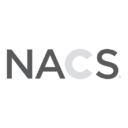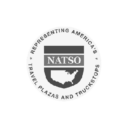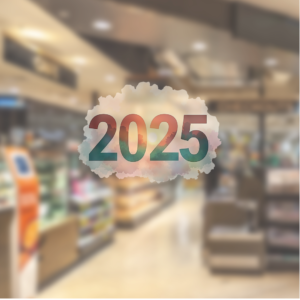
Insights
Part 3: Menu Optimization
~CSP Podcast Series
A critical component of foodservice profitability is the menu. To Salaria, a c-store’s menu must be unique and executed with razor-sharp efficiency.
Two companies executing their menus with discipline and efficiency are American fast-casual chains Chick-fil-A and Chipotle Mexican Grill. Chick-fil-A focuses on chicken while Chipotle emphasizes fresh modern Mexican bowls, tacos, and burritos. In both cases, the value proposition to the consumer is variety, quality and speed—made possible through a core set of ingredients cooked with one method and assembled on one production line. Notably, neither chain offers burgers or pizza or other tangentially related food.
There is a reason for that; introducing a new menu item outside their core ingredient and operating chassis could require “unique equipment, unique processes and a unique work design,” Salaria noted in Part 3 of the podcast series.
In Salaria’s experience, Chipotle Mexican Grill’s introduction of the quesadilla underscored a harsh reality for c-store businesses: introducing new menu items can add complexity and at times become unprofitable. When Salaria was an executive at a large East Coast chain, for example, she introduced grab-and-go fresh salads, which were popular with customers but posed operational and financial challenges. Fresh salads require “single-use ingredients,” such as cucumbers and mixed greens. And these must be sourced and inventoried only for making a salad. Hence, not easily profitable.
Salaria decided to pivot back to what the company had become famous for: made-to-order subs. In a twist, the company began offering “old-fashioned subs” with bread baked twice a day and meat portioned in real time on actual slicers, each wrapped in traditional butcher wrap. It was a hit—and profitable.
“It doesn’t matter how scrumptious your food items are if you can’t make money doing it,” Salaria said.
Related Insights
Maximize Your C-Store’s Future Value: Why Preparation Starts Years Ahead
You’ve poured countless hours, navigated endless challenges, and invested immense energy into building your convenience retail business. You know every […]
Maximizing Margins: Turning Your Pricebook into a Profit Machine
Every retailer worth its salt fundamentally understands that pricebook is a massive, complex database and maintaining it is a huge […]
The Cost of Poor Quality Assurance for Point-of-Sale and Back Office Systems in Petroleum Retail
Quality Assurance (QA) is vital to ensure that those who use the tool daily can replicate basic functions AND access the advanced technology and process automation they were promised during sales demos.
CSP Magazine – What C-Store Retailers Need to Do to Succeed in 2025
This article, by W. Capra’s Tom Newbould as a guest author, was published in the February 2025 edition of CSP […]
Want to stay in touch? Subscribe to the Newsletter











